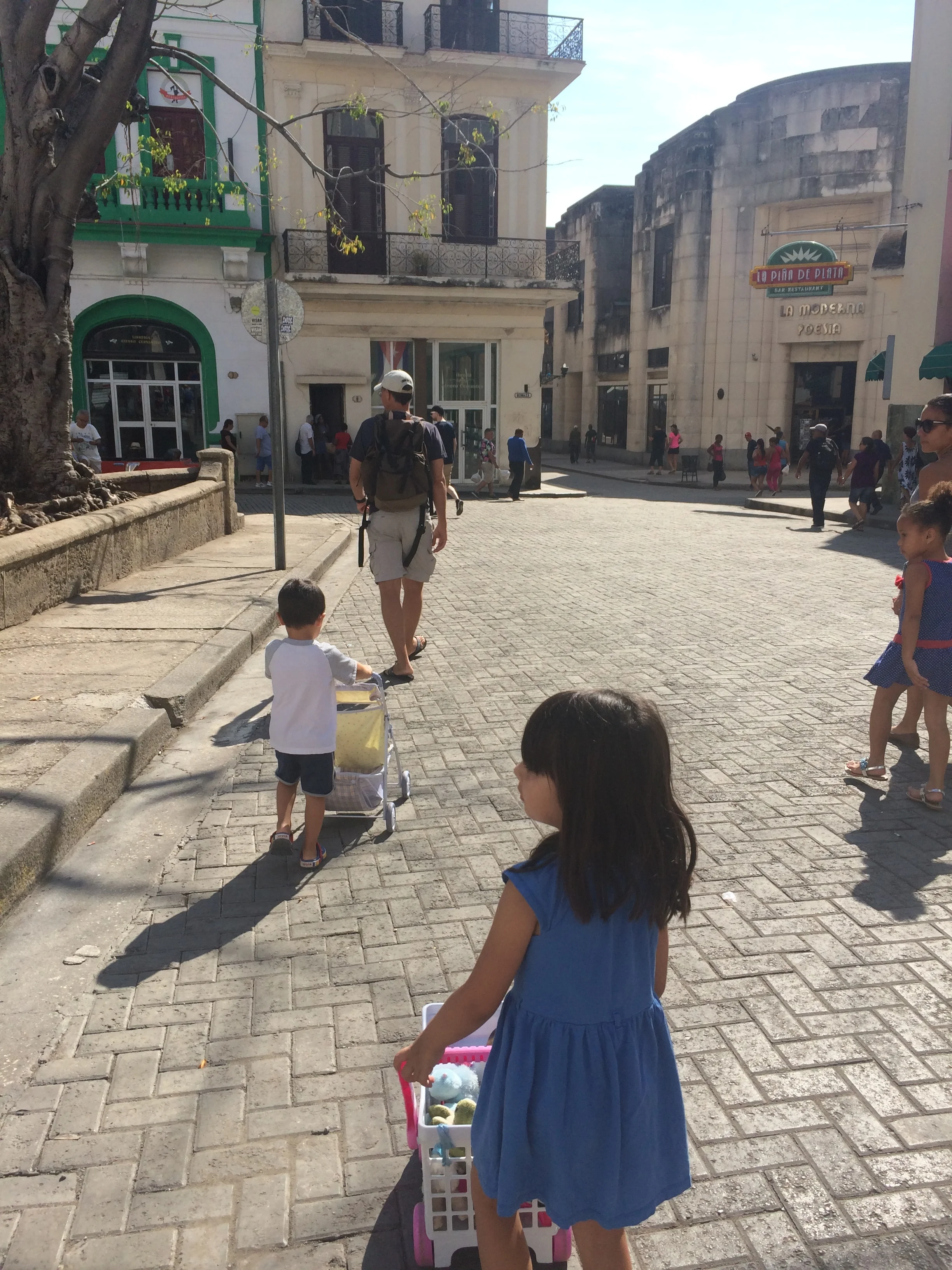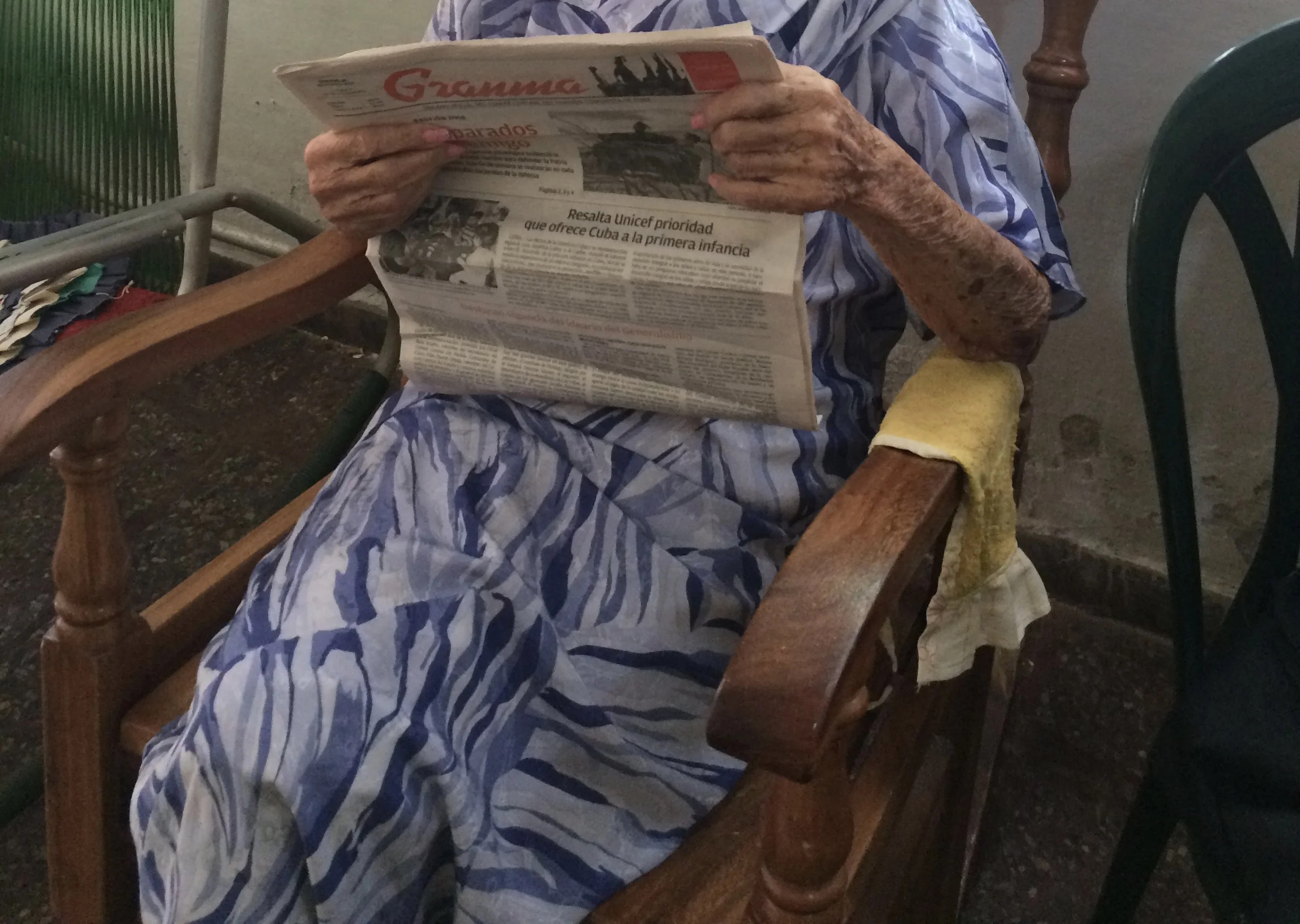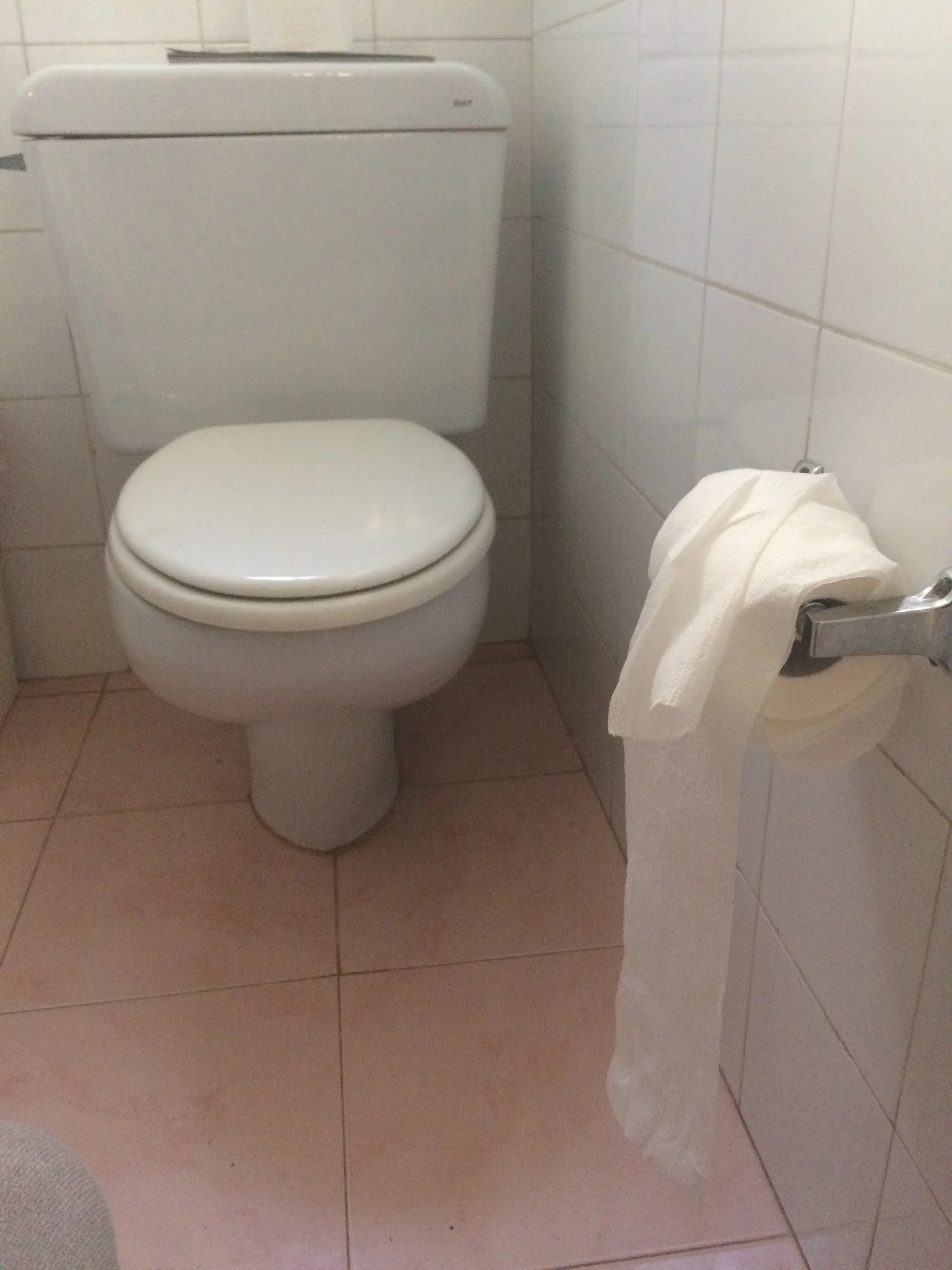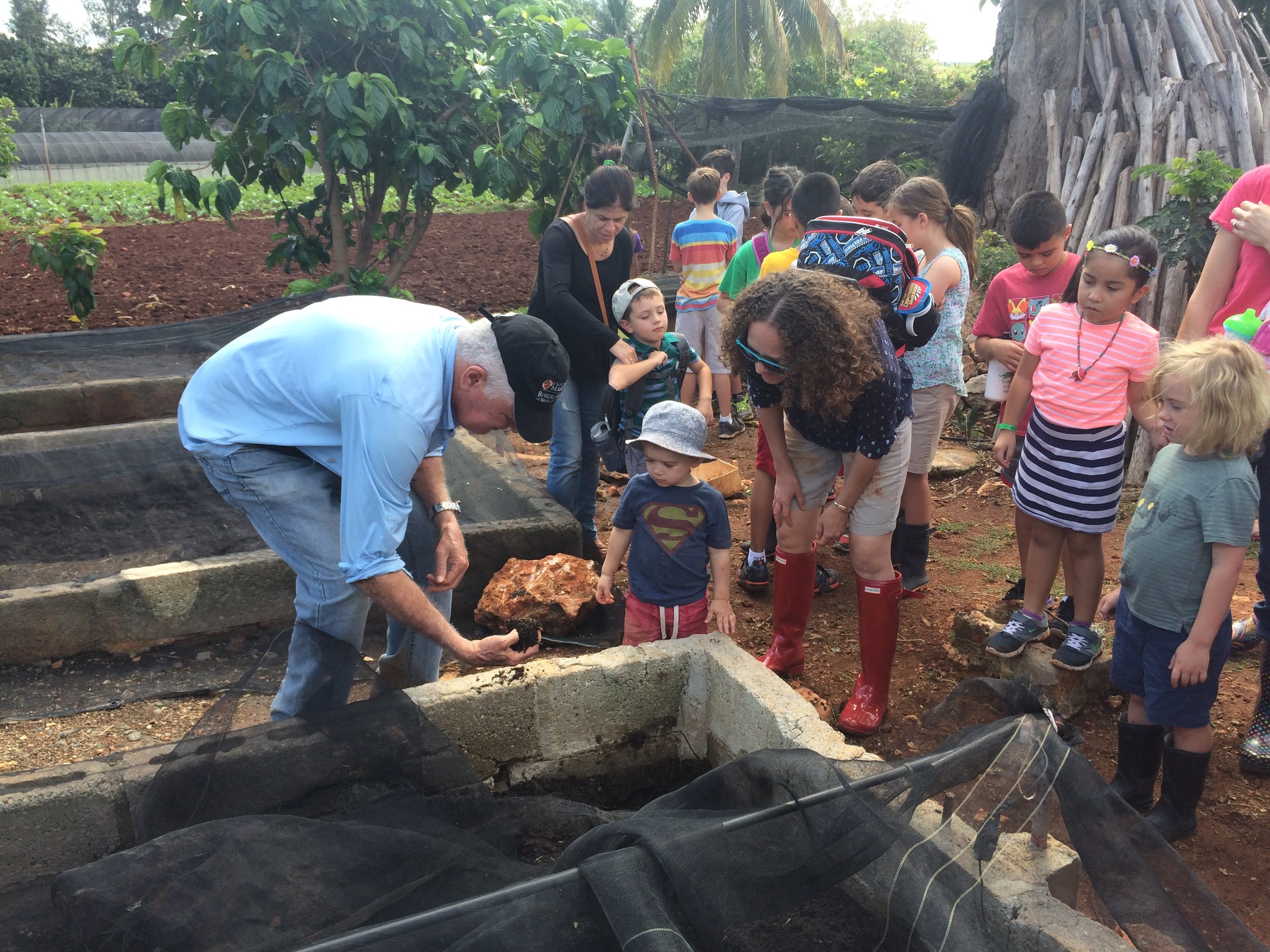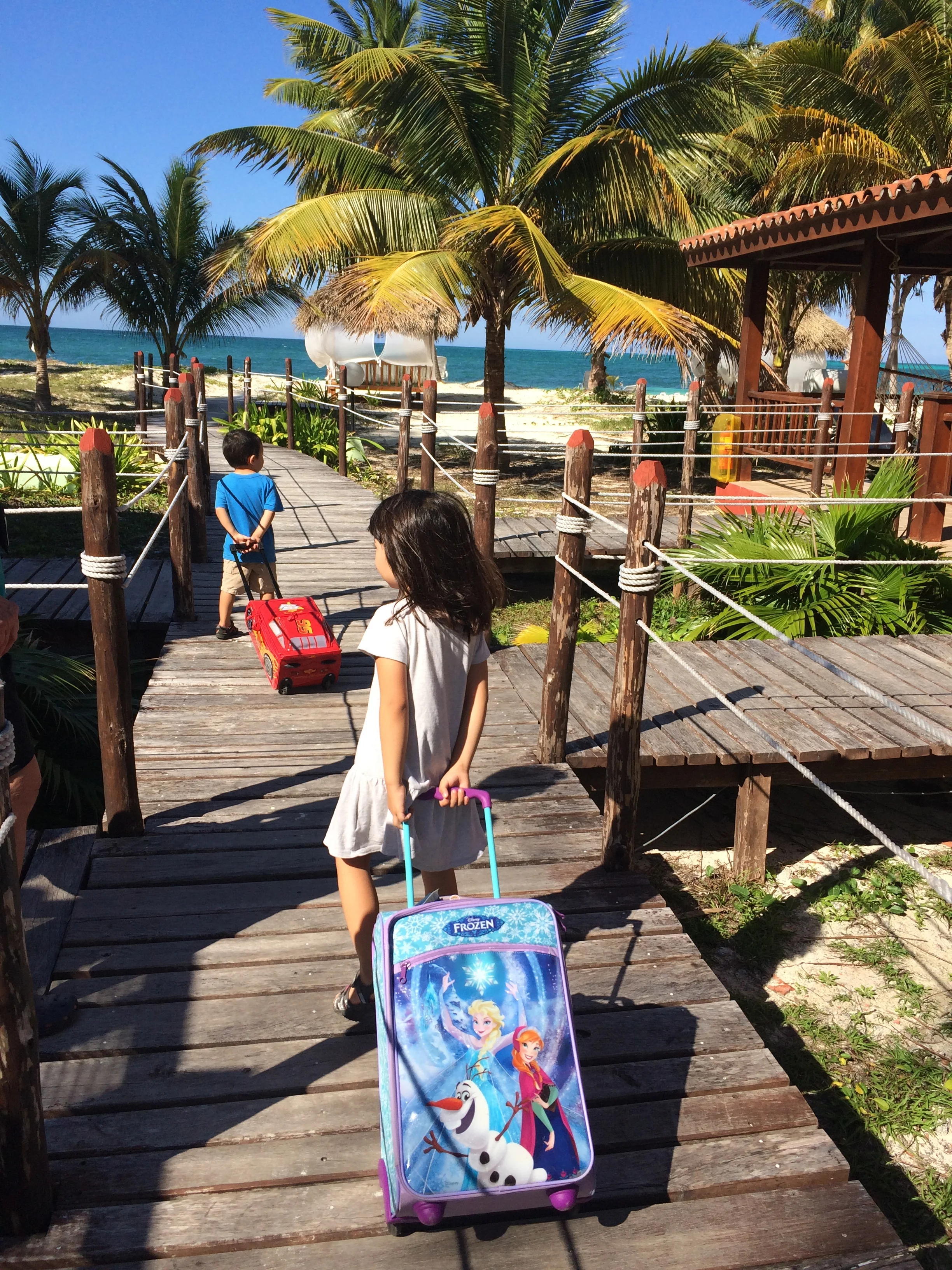Driving in Cuba is a dream in many senses. For one, when you talk to Cubans, they’re shocked at how many cars are on the road these days, even if it’s just a smattering from my point of view. That’s because during the during the early 90s, nearly all cars ceased to move because of the Periodo Especial, when Cuba fell into a massive depression after losing $2 billion worth of subsidies from the Soviet Union. Cubans began riding cheap Chinese bicycles and walking long distances. (A friend told us she often walked four hours a day between her home and her job; once or twice, she was so tired she slept on the side of the road.) To this day, some Cubans do not look when they cross the street. Some fix their broken cars in the middle of intersections, even as traffic has gotten increasingly heavier.
Driving in Cuba is a dream to me because, nowadays, there is no other city in the world with a such an interesting mix of transport. The old cars aside, I drive alongside rusty John Deere tractors and old yellow school buses imported from Canada. Watching the classic cars chug by is a brief lesson into Cuba’s history. The rare Ford Model-T’s of the early 1900s and the more common Chevy, Pontiacs, and Buicks of the 50s arrived at a time when goods flowed freely between the United States and Cuba. The Russian Ladas and Moskvitches came after Cuba moved into the Soviet sphere; the newest cars on the road, the Chinese Geelys (pronounced Gee-Lees) and the Spanish SEAT sedans, show which countries have nudged in to do business in the face of the continuing U.S. Embargo and waning Russian influence.
Driving in Cuba is a dream to most Cubans because it’s such a luxury. New cars are taxed at something like 800 percent. As such, there are few new models or luxury cars of any kind circulating. Very, very occasionally you’ll see a Mercedes or other luxury model with a license plate beginning with a “B” (which signifies that it’s a government-owned car) or a “P” (which means “particular” or private). That aside, there are a few BMWs and Land Rovers owned by diplomats bearing a “D” or an “E” plate.
When I first took to the roads a couple of years ago, I was surprised to get the occasional honk, hoot, and smile from other drivers. Several times, people have rolled down their windows and yelled in admiration of my wheels. I drive a 2013 KIA Sorrento sports utility vehicle. Yep, that’s right: a KIA, a vehicle that a car snob back at home would never be caught dead in, and one that has 60,000 miles and two children’s car seats, to boot.
You see, owning a KIA is a luxury, the equivalent of driving a BMW in another country. We’ve been told that if our car could be sold on the local market, it could fetch at least $100,000. Maybe even up to $150,000, if we found the right buyer. (It can’t, because Cuban laws make it impossible for cars owned by foreigners to be sold to locals.)
I’d never thought I’d know what it felt like to be Christy Brinkley in a red Corvette in National Lampoon's Vacation, but that’s what I am in Cuba, even if I’m neither young nor blonde. And that’s yet another reason why driving in Cuba is like a dream.







